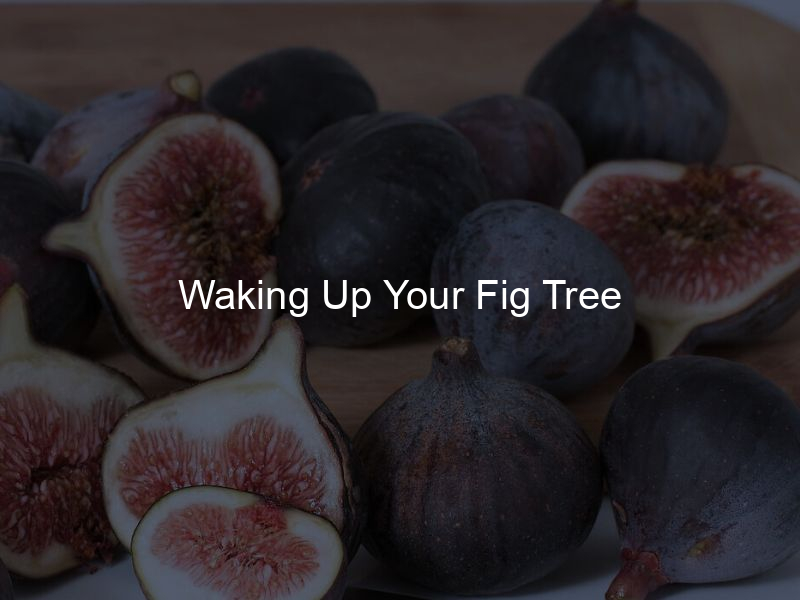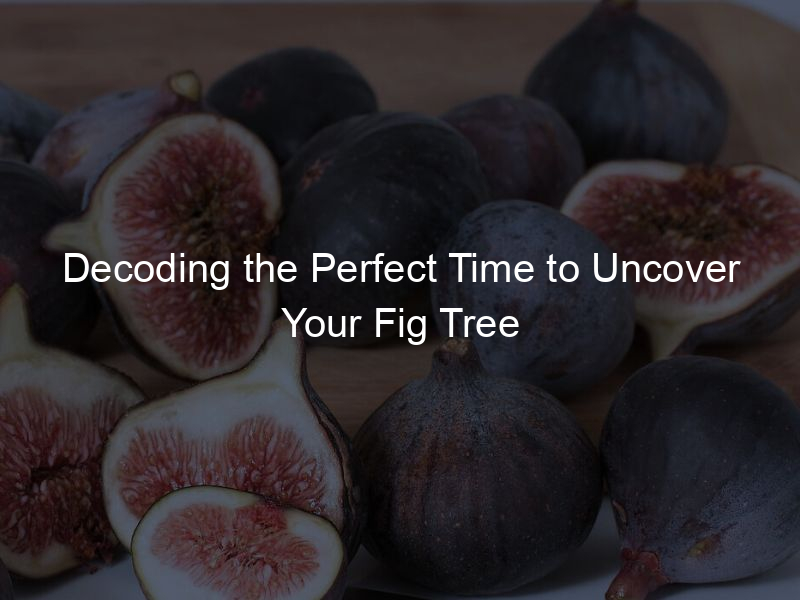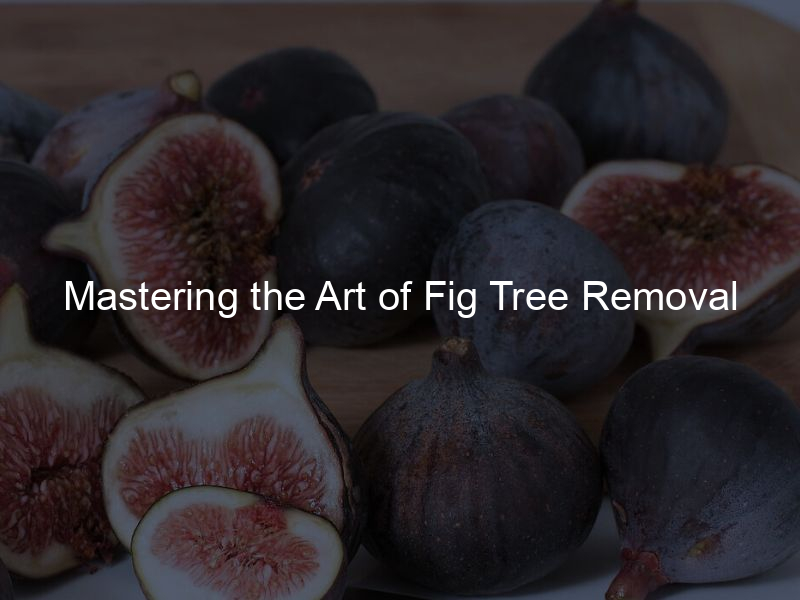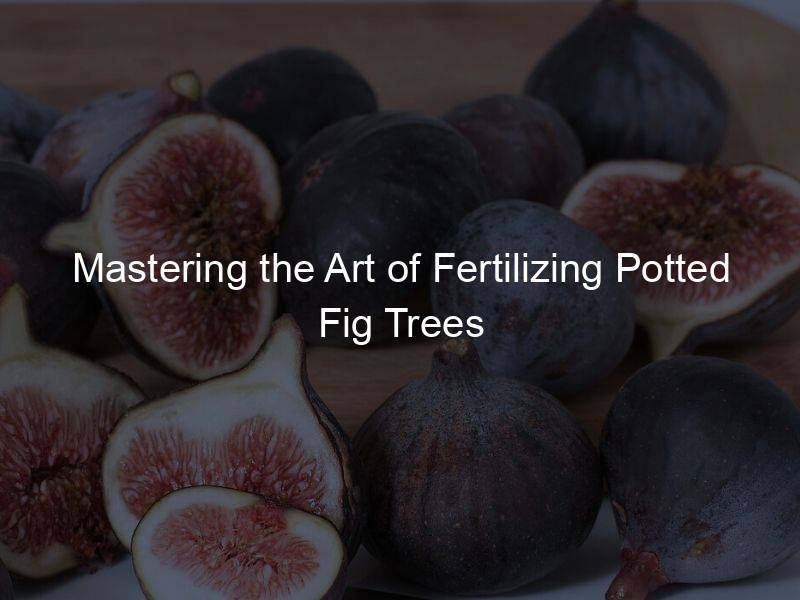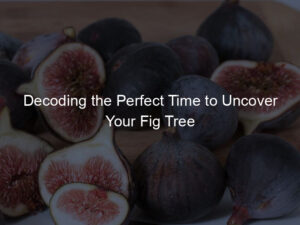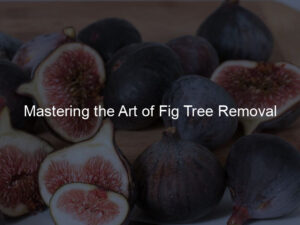Fig trees are a delicious and versatile addition to any garden. Whether you’re looking for an ornamental tree or need a source of fresh figs, these trees are sure to please. But if you want to enjoy the fruit of your labor, there are a few key things to know about producing the fruit of fig trees.
At What Age Do Figs Start to Bear Fruit?
Figs can begin to bear fruit as early as one year after planting, but in most cases, you won’t see a significant harvest until the third or fourth year. To ensure your tree gets enough nutrients, it’s important to fertilize with an organic fertilizer containing nitrogen and potassium at least once per season.
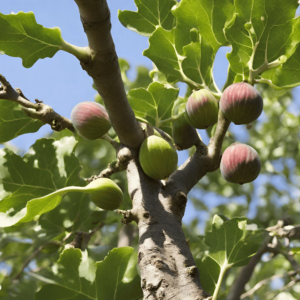
Do All Fig Trees Bear Fruit?
Not all fig trees bear fruit. The tree’s variety and climate determine if it will produce edible fruits or not. Some varieties are known as ‘ornamental,’ meaning they won’t produce any edible fruit but can still be used for decorative purposes in a garden.
Additionally, the pollination of some varieties is dependent on certain types of wasps and other insects. If these are not present in the local environment, then no fruit will be produced. Furthermore, fig trees need plenty of sunlight to bear fruit; they must have at least eight hours of direct sunlight daily during the growing season to produce an adequate crop of figs. Finally, if temperatures drop too low or the tree experiences a drought, this can also negatively impact the crop.
What are Fig Fruit Growth Stages?
Fig fruit growth typically progresses through several stages:
- Inflorescence Stage: This is the initial stage where the fig tree produces small, immature figs. The tiny fruits are enclosed within a structure called the inflorescence, which will eventually develop into the mature fruit.
- Young Fruit Stage: As the figs grow, they become larger and more visible. At this stage, the figs are still green and firm, and they continue to develop in size.
- Intermediate Stage: During this stage, the figs begin to change color, usually from green to a yellowish-green or purple hue, depending on the variety. The fruits start to soften slightly, indicating that they are ripening.
- Ripening Stage: This is the final stage of fig growth, where the fruits fully ripen and mature. They become softer and develop their characteristic color, which may range from yellow-green to purple-black, depending on the variety. The figs also become sweeter and more flavorful as they ripen.
Throughout these stages, the fig fruit undergoes physiological and biochemical changes, including sugar accumulation, color development, and softening, to become fully mature and ready for consumption.
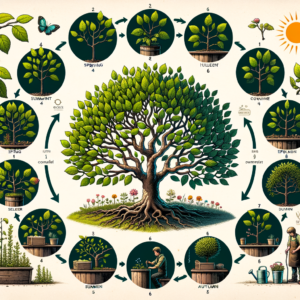
When Are Fig Trees In Harvest Season?
The harvest season for most varieties of fig trees is typical during late summer and early fall. However, some varieties may have different harvesting times depending on their growing region or climate. To ensure the best quality of fruit, make sure to pick your figs while they are still ripe.
How to Harvest Figs?
When your figs are ripe, they should be dark in color and slightly soft to the touch. Gently twist each fruit off of its stem and place it in a bowl lined with paper towels. Make sure not to wash the fruits before you store them, as this can cause them to spoil faster. Store your figs in an air-tight container where they will be kept for up to two or three days.
What Other Factors Affect Fruit on Fig Trees?
In addition to climate, there are other factors that can affect the fruit of fig trees. Pruning your tree regularly can help promote more vigorous growth and keep it healthy. Make sure to water the tree deeply once a week during the growing season, but be careful not to overwater as this can lead to root rot. Lastly, protect it from extreme temperatures and pests to ensure the best harvest.
Reasons for a Fig Tree Not Fruiting
If your fig tree isn’t producing fruit, there could be a few reasons. If you have an unpollinated variety, like the Brown Turkey type, make sure to plant another variety nearby for pollination. Other causes could include too much shade or not enough nutrients in the soil. Figs also need a minimum of 100 chilling hours during winter in order to bear fruit, so if you live in a warm climate that doesn’t experience cold temperatures, this may be why your tree is not fruiting.
How Many Figs Does a Fig Tree Produce?
The number of figs a fig tree produces can vary significantly depending on factors such as the age and health of the tree, its variety, growing conditions, and pruning practices.
A mature fig tree can produce anywhere from a few dozen to several hundred figs in a single growing season. Some varieties are known for their prolific fruit production, while others may yield fewer fruits. Additionally, environmental factors such as weather conditions, pollination success, and pest and disease management can also influence fruit production.
It’s worth noting that while a fig tree can produce a large number of fruits, the quality of the harvest may also vary. Proper care and maintenance, including adequate watering, fertilization, and pruning, can help optimize fruit production and ensure the best possible yield.
When Should Fig Trees Start to Produce Ripened Fruit?
The ripening of figs varies greatly depending on the variety and climate. Generally, you can expect to see ripened fruit from late summer to early fall. However, some varieties may produce two crops each year so that they will be ready sooner in the season. To ensure the best quality of fruit, make sure to pick your figs while they are still ripe.
Do Fig Trees Produce Fruit Before Leaves?
In most varieties, the leaves will grow first, and only after that will the fruits appear. but some fig trees can produce fruit before leave. This phenomenon is called “breba” and usually occurs on older varieties such as the Black Mission or Kadota figs. The fruits will typically grow on the previous season’s wood and ripen in late summer or early fall before any new growth appears.
Tips for Producing Maximum Fig Fruits
There are a few tips to help you get the most out of your fig tree:
Make sure it receives adequate sunlight, which is usually at least six hours per day.
Also, prune the tree regularly and fertilize it with organic compost or other nutrient-rich soil amendments during early spring.
Lastly, keep an eye on pests and diseases and act quickly if needed. With these simple steps, you’ll be able to enjoy maximum yields from your fig tree each season!
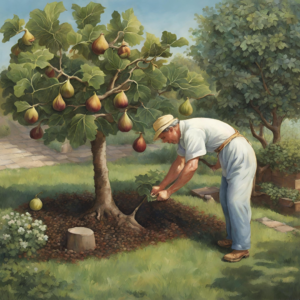
Growing Figs commercially
Growing figs commercially requires much work, but it can also be very profitable. You’ll need to monitor soil and water conditions carefully, as well as keep an eye out for pests and diseases that may affect your crop. It’s important to choose fast-growing varieties if you want to maximize yields in the shortest amount of time. Lastly, ensure you harvest the fruits at just the right moment when they are ripe and juicy.
How to Force a Fig Tree to Fruit?
Forcing a fig tree to fruit can be done with the help of pruning. This will stimulate the dormant buds and encourage new growth, which in turn should produce more fruits. It’s also important to make sure your tree is getting adequate sunlight, has enough chilling hours during winter, and that its soil conditions are optimal for maximum growth. With the right care and attention, you should be able to produce a high yield of figs each season!
When Do Fig Trees Bloom?
Fig trees usually bloom in the spring and summer months, depending on the variety. The flowers are small and insignificant but will eventually turn into delicious fruit. During this time, make sure to provide your tree with plenty of water and fertilize it with organic compost or other nutrient-rich soil amendments for optimum yields.
Pests and Diseases Problems
When growing figs, it’s important to keep an eye out for pests and diseases that can affect your crop. Some of the most common include aphids, scale insects, mites, borers, fruit flies, fungus gnats, and root-knot nematodes. Other issues that may arise are leaf spots or wilts caused by fungi or bacteria. To prevent these problems, make sure to use organic pest control methods and keep your soil well-drained and healthy. To read more about troubleshooting click here.
conclusion
Fig trees are a great addition to any garden, and with the right care and attention, you can enjoy sweet, juicy fruits each season. Remember that figs need ample sunlight, regular pruning, fertilizer in early spring, and protection from pests and diseases for maximum yields. With these tips in mind, you’ll be able to get the most out of your fig tree and enjoy delicious fruits for many years to come!


